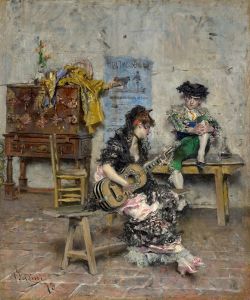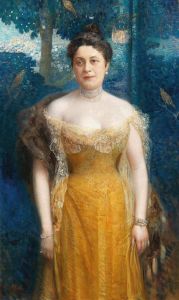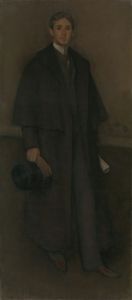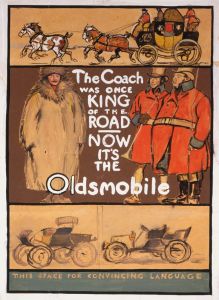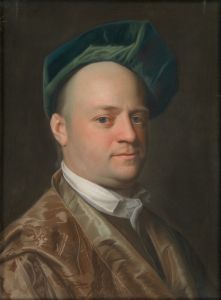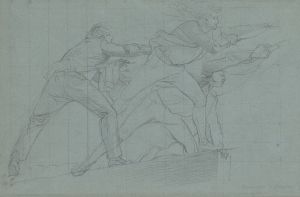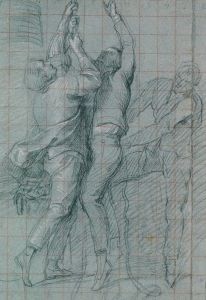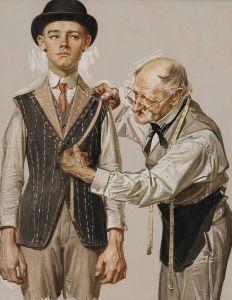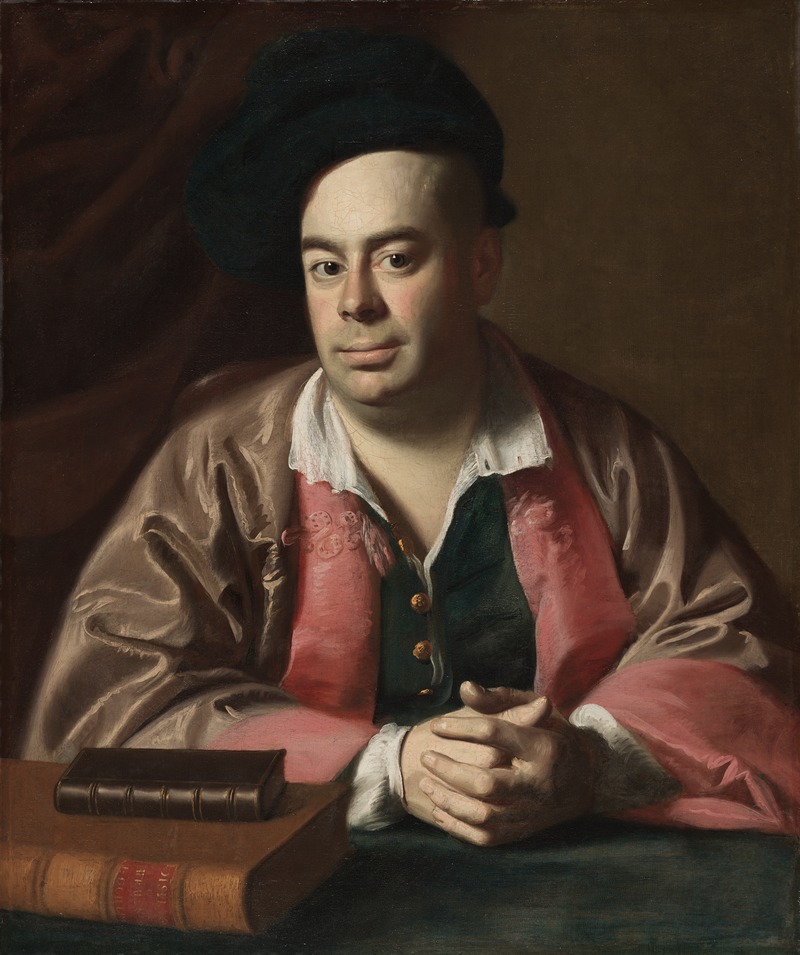
Nathaniel Hurd
A hand-painted replica of John Singleton Copley’s masterpiece Nathaniel Hurd, meticulously crafted by professional artists to capture the true essence of the original. Each piece is created with museum-quality canvas and rare mineral pigments, carefully painted by experienced artists with delicate brushstrokes and rich, layered colors to perfectly recreate the texture of the original artwork. Unlike machine-printed reproductions, this hand-painted version brings the painting to life, infused with the artist’s emotions and skill in every stroke. Whether for personal collection or home decoration, it instantly elevates the artistic atmosphere of any space.
Nathaniel Hurd by John Singleton Copley is an oil-on-canvas portrait painted in 1765 by the renowned American artist John Singleton Copley. The painting depicts Nathaniel Hurd, a Boston-based silversmith and engraver, who was known for his skill in crafting fine silver objects and engraving bookplates and currency. This portrait is considered an excellent example of Copley’s ability to capture the individuality and character of his sitters, as well as his mastery of detail and texture.
In the portrait, Hurd is shown seated at a table, dressed in a simple yet elegant brown coat and waistcoat, with a white cravat. His attire reflects his status as a craftsman rather than a member of the aristocracy, emphasizing his professional identity. Hurd’s pose is relaxed, and his expression is thoughtful, conveying a sense of intelligence and introspection. On the table beside him lies an open book, possibly alluding to his intellectual pursuits or interests beyond his trade.
Copley’s attention to detail is evident in the rendering of Hurd’s facial features, the texture of his clothing, and the objects in the composition. The artist’s use of light and shadow enhances the three-dimensional quality of the figure, while the muted color palette contributes to the overall sense of realism. This portrait is notable for its focus on the sitter’s individuality and profession, rather than adhering to the more formal and idealized conventions of portraiture common in the 18th century.
The painting is also significant as a representation of the growing prominence of skilled artisans in colonial America. Nathaniel Hurd was part of a generation of craftsmen who played an important role in the economic and cultural life of the colonies. By choosing to portray Hurd in a dignified and respectful manner, Copley highlights the value of craftsmanship and the contributions of individuals like Hurd to society.
Today, Nathaniel Hurd by John Singleton Copley is housed in the collection of the Museum of Fine Arts, Boston. It remains an important work in the history of American art, exemplifying Copley’s talent as a portraitist and his ability to document the emerging identity of colonial America through his art.





